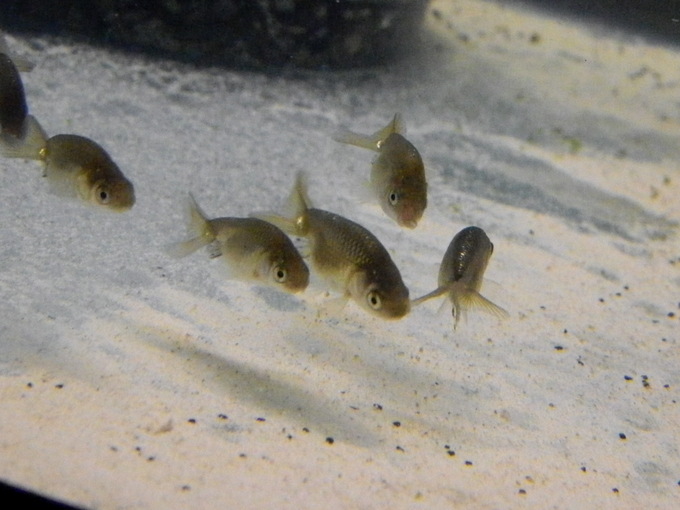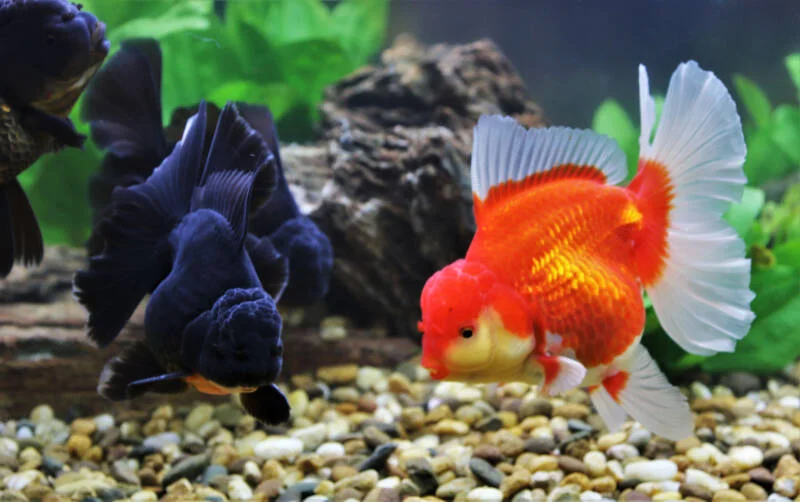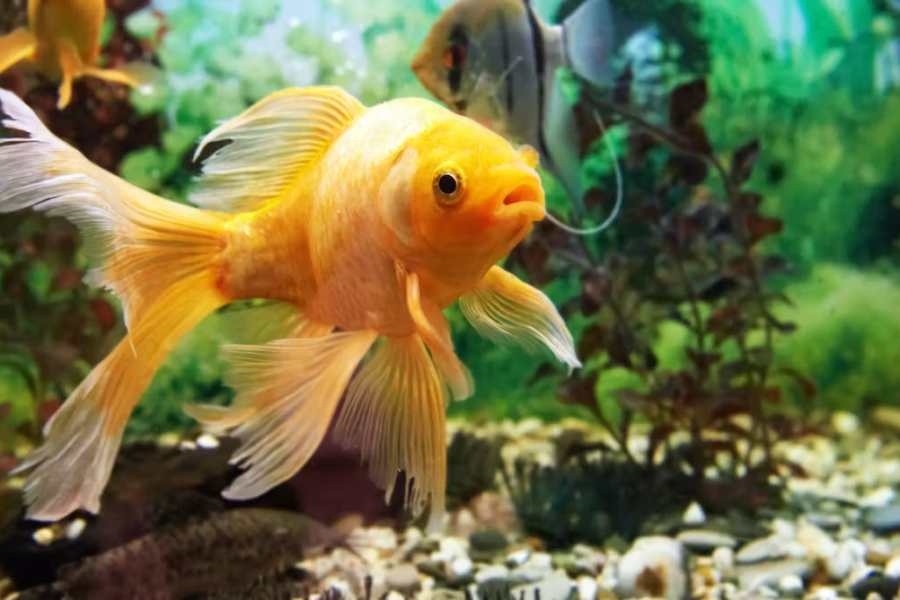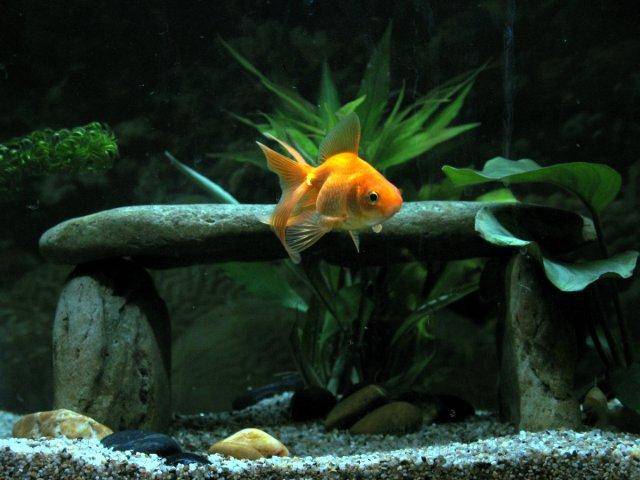
Welcome to the world of Nitrite Levels in a Goldfish Tank, where we mix science with pet care. Don’t worry, though, this isn’t going to be a snooze fest – we’re here to make it fun, engaging, and easy to understand.
In this guide, we’ll demystify nitrites, their impact on your goldfish, and how to keep levels in check. So, put on your lab coats and get your test tubes ready, dear readers. It’s time to dive into the fish tank, figuratively of course, to ensure our scaly friends stay happy and healthy!
Understanding Nitrite Levels in a Goldfish Tank
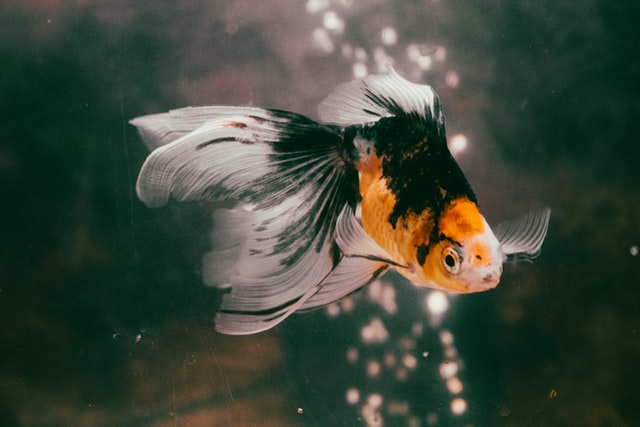
What are Nitrites and Their Importance?
Nitrites, fish tank inhabitants! No, they aren’t some exotic underwater race but substances you might not want at your goldfish’s party. Simply put, nitrites are chemicals that result from the breaking down of ammonia. Nitrites play a role in the Nitrogen cycle, the sublime cosmic ballet within your tank. Maintaining a balance here is a big deal, as it keeps your goldfish tank healthy and less like a toxic wasteland.
The Danger of High Nitrite Levels to Goldfish
Think of nitrites as uninvited guests who love overstaying. Your goldfish may grin and bear it (they’re always grinning, aren’t they?), but high nitrite levels are detrimental. Elevated nitrites compromise your goldie’s ability to take in oxygen- like trying to breathe through a straw while running a marathon. This can lead to stress, illness, and in severe cases, a sad goodbye to your finned friend.
Now that we’re armed with some nitrite knowledge, let’s glide into how these sneaky villains rise in numbers. This will help us keep our aquatic buddies from being “in deep water!” So, brace yourself for a dive into what causes high nitrite levels.
What Causes High Nitrite Levels in a Goldfish Tank?

Let’s dive into our next adventure into route causes. Unpacking the causes of high nitrite levels, is just like getting to the bottom of a whole season of your favorite mystery show. Spoiler alert: It’s pretty interesting.
Factors Leading to an Increase in Nitrite Levels
Ever wondered, “Hey, what’s cranking up my nitrite levels?” Well, there are a couple of usual suspects. Factor number one: overfeeding. Like a kid in a candy store, goldfish love to overeat, producing waste which decomposes into—you guessed it—nitrites. The second culprit is overstocking your tank. I get it, each goldfish is like a squishy golden potato chip; you can’t just have one. However, more fish means more waste, and yes, more nitrites.
The third sneaky factor is insufficient tank cleaning. Letting your tank accumulate debris is a bit like inviting nitrites for a pizza party. And guess what? They never go home. Finally, new tanks often experience increased nitrite levels—known as “New Tank Syndrome.” Seriously, that’s a thing. It’s like your tank going through awkward growing pains during its setup period, exhibiting a temporary nitrite peak.
Don’t fret yet, because our fishy saga is about to thicken.
How the Nitrogen Cycle Affects Nitrite Levels?
Without getting too “high school science,” let’s chat about the nitrogen cycle. In simple terms, it’s like a fish tank’s version of recycling. Fish waste and uneaten food decompose and turn into ammonia (another not-so-fish-friendly chemical). Then, your helpful bacteria glide in like superheroes, converting this ammonia into nitrite. Another team of bacteria then changes nitrites into nitrates, which are safer for your goldfish.
However, disrupting this cycle, like forgetting to invite the bacteria to the aforementioned pizza party, can bump up nitrite levels. So, maintaining a healthy nitrogen cycle is like keeping your fish’s teen drama in balance—it’s essential for their survival.
Strap on your scuba gear, because next, we’re descending into detecting these sneaky nitrites in your goldfish tank.
Detecting High Nitrite Levels in a Goldfish Tank

“Oh no! Swimmy seems a bit off today.” Sounds familiar? Let’s see how detecting nitrite levels can solve this problem.
Symptoms of High Nitrite Levels in a Goldfish Tank
So, what gives away high nitrite levels? Your goldfish could be gasping at the surface, showing lethargy or loss of appetite. Spotting any of these in Swimmy, your beloved fin-flapper? If yes, it’s time to don your detective cap.
High nitrite levels may be the pesky intruder ruining Swimmy’s day. If only we could check all this with a fish-friendly breathalyzer, right?
Tools to Accurately Measure Nitrite Levels
Don’t sweat it! A nitrite test kit from your local pet store or online will do the trick. Just dip that tester in. Voila! Colors will change, they’ll tell you if those pesky nitrites are invading your tank.
And remember, the gold rule of goldfish keeping, testing weekly means healthy peaking! Or was it peeking? Nevermind.
Stay with me now; we’re diving into the crux of it next – preventing nitrite spikes. It’s easier than it sounds – promise!
Preventing Nitrite Spikes
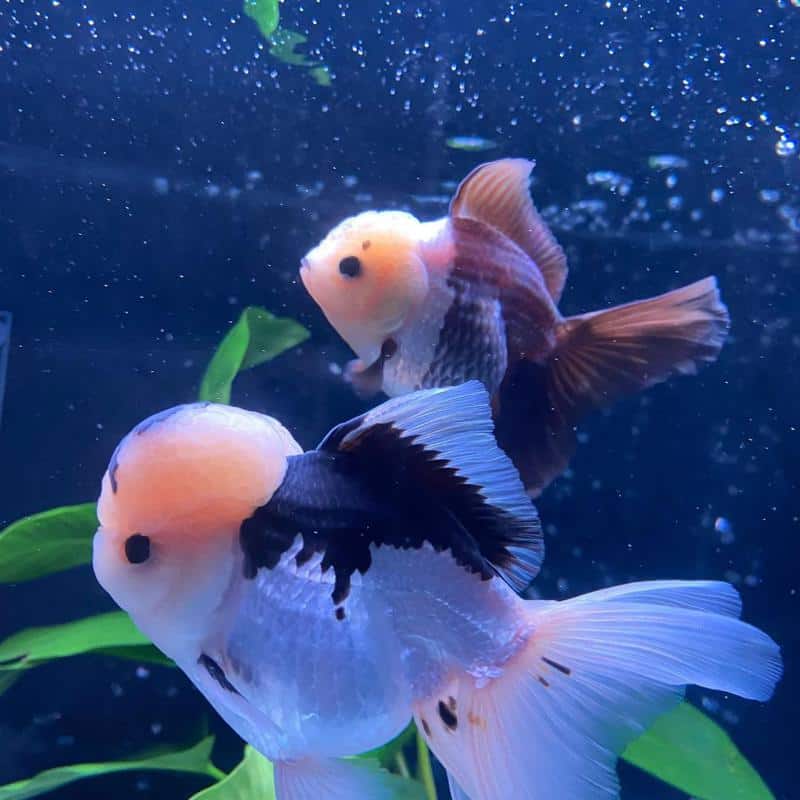
Now that we’ve covered the scary business of high nitrite levels, let’s talk prevention. After all, prevention is better than cure, yes? Certainly, your goldfish would agree.
Best Practices for Regular Tank Maintenance
Imagine this: Your room hasn’t been cleaned in weeks. Yikes! That’s not a pretty picture, now, is it? Much like us, goldfish aren’t fans of dirty homes either. Regular tank cleaning keeps nitrite levels in check.
For starters, always remove uneaten food promptly. It’s like not leaving leftovers to turn into moldy science experiments in your fridge. Remember, regular water changes equal happier, healthier fish. Try changing about 25% of the tank water weekly. And don’t forget to clean filters! They’re like the vacuum cleaners of the fish world.
The Role of Live Plants in Regulating Nitrite
Live plants aren’t just for aesthetics. They’re like the working class of your tank, absorbing nitrite and turning it into plant food. Yes, you read that right!
Plants like Java moss and Hornwort are excellent choices for a goldfish tank. They not only beautify, but also purify. Two birds, one stone – voila!
Now that we’ve got prevention down pat, it’s time to talk solutions. What do you do when nitrite levels have already risen? Keep your eyes peeled, because next we answer just that. Buckle up, because we’re diving into the world of high nitrite level management.
Dealing With High Nitrite Levels

So your goldfish tank isn’t looking too hot and your fishy pals are as gloomy as Monday morning. Don’t panic. Alright, maybe panic a little. But seriously, having high nitrite levels isn’t the end of your fish-keeping journey. Now before you ask, no, we can not have a nitrite party.
Immediate Steps to Reduce Nitrite Levels
Do you think your kids throw tantrums? Wait till you see nitrites on a rampage. The first step is to calm it down. Think of it as a baby. It needs water change. Yep, a good ol’ 50% water change always works.
Next, pump in some beneficial bacteria. Not the strange concoctions you find online. Use a reliable bottled bacteria product. These little guys will munch on those pesky nitrites, reducing the levels quicker than you can say “Aquarium!”.
Lastly, cut back on the feeding. I know it’s hard to resist those begging fish eyes, but remember, less food equals less waste. Less waste means less nitrites.
Let’s now swim towards maintaining a healthy aquarium in the long run. Hold on tight to your fish nets!
Long-term Solutions for Nitrite Management
Solving the immediate crisis is just half the battle. It’s time to dive into the long-term solutions. Priority one, establish a consistent routine for tank maintenance. Regular water changes and gravel cleaning ain’t glamorous but hey, your fish will love ya for it.
Second, invest in a good quality test kit. Checking nitrite levels weekly should be on your to-do list, right next to binging your favorite show.
Lastly, consider installing live plants. Real plants are like mini water purifiers. They absorb nitrites and in return, give out good vibes….I mean, oxygen!
Wrap Up
The issue of nitrite levels in your goldfish tank is unquestionably a significant one. With the potential danger they pose to our finned friends, understanding and monitoring these levels becomes a crucial component of good aquarium management. Our beardy friend (aka the nitrogen cycle) and various other factors may cause a spike in nitrites, leading us to maintain a vigilant watch.
Investing time into preventative measures, like regular tank maintenance and introducing live plants can help keep nitrite at bay. Whenever you’re hit with a surge, immediate action coupled with long-term solutions will ensure nitrite levels are efficiently managed. So maintain your tank responsibly, fish folks, and let’s keep our goldfish gilled and gleaming – Nitrite free.
Frequently Asked Questions (FAQ)
Question: What are nitrites in a goldfish tank and why are they important?
Answer: Nitrites are by-products of fish waste, which get converted to less harmful nitrates. A perfect balance is crucial as high nitrite levels can be fatal to goldfish.
Question: What causes high nitrite levels in a goldfish tank?
Answer: Overfeeding, overstocking your tank, poor filtration, or neglecting to change the water regularly can lead to high nitrite levels.
Question: How do the symptoms of high nitrite levels in goldfish look like?
Answer: Symptoms include gasping at the surface, lethargy, loss of appetite, and brown gills instead of a normal bright red.
Question: How can I accurately measure nitrite levels in my goldfish tank?
Answer: You can use a nitrite test kit, available at most pet stores, to get an accurate nitrite level reading.
Question: How can I prevent nitrite spikes in my goldfish tank?
Answer: Regular tank maintenance, having live plants and not overfeeding or overstocking your tank can help prevent nitrite spikes.
Question: How do I deal with high nitrite levels?
Answer: Immediate steps include changing the water and introducing nitrifying bacteria. Long-term solutions require consistent water changes and maintaining a healthy tank environment.

